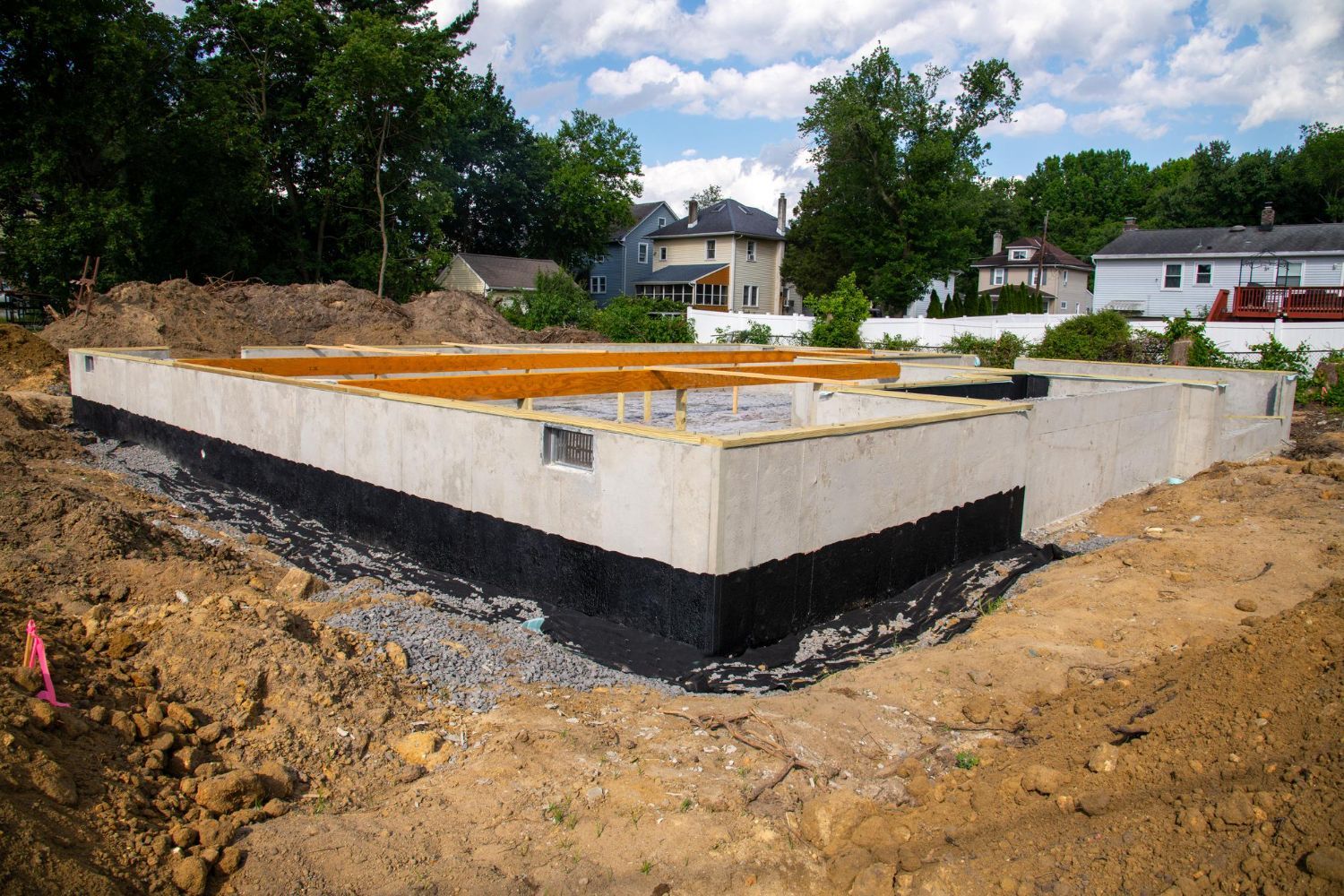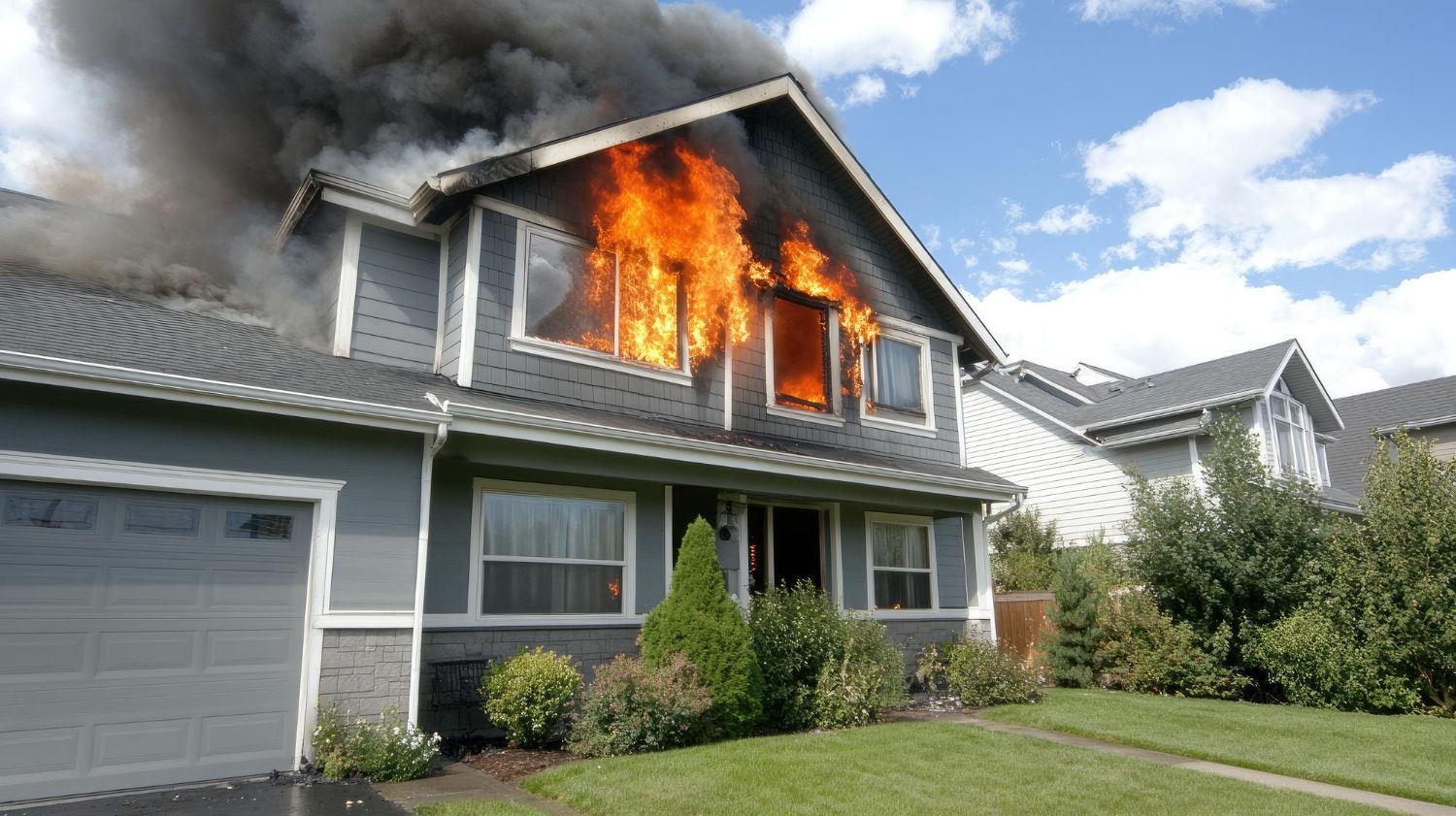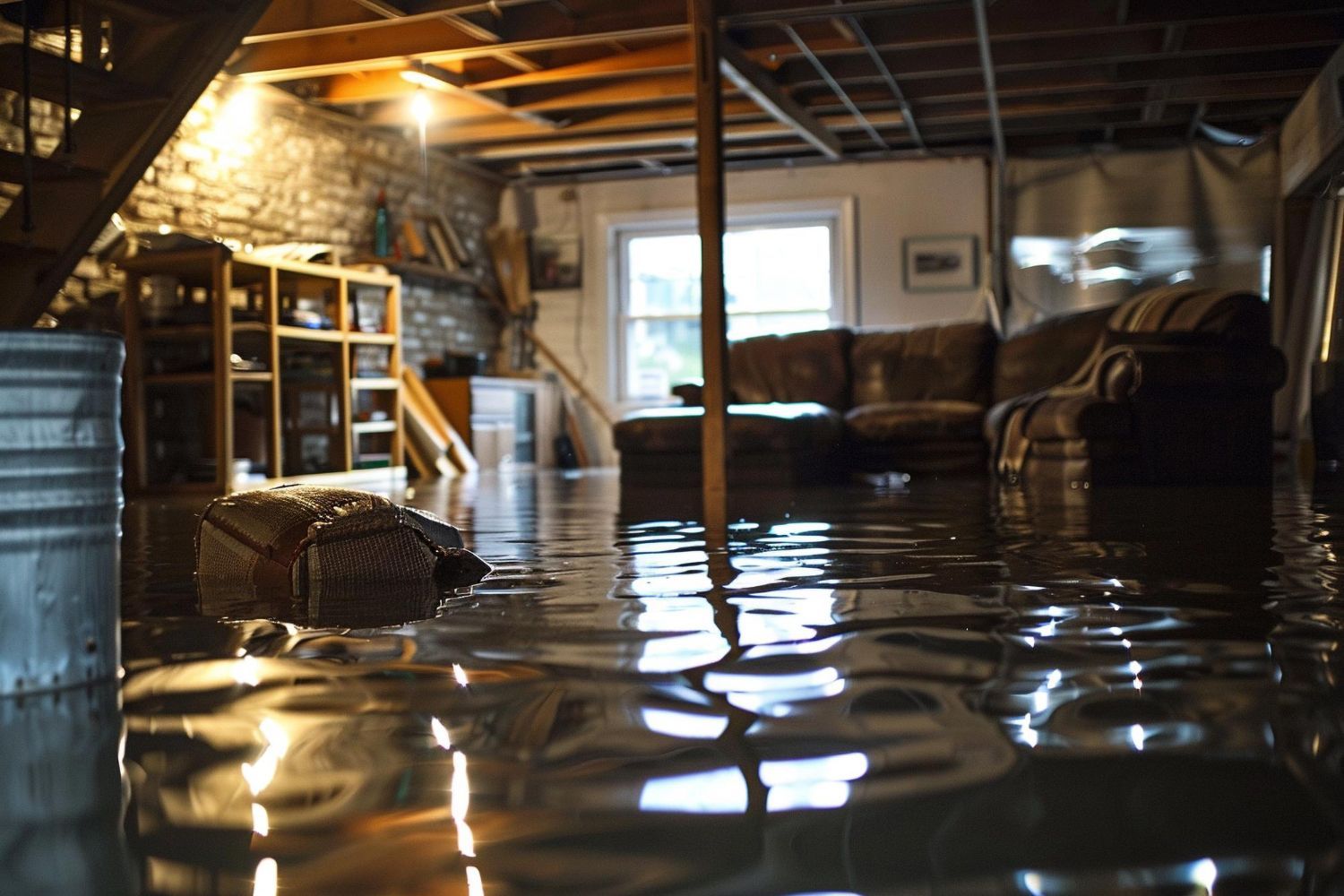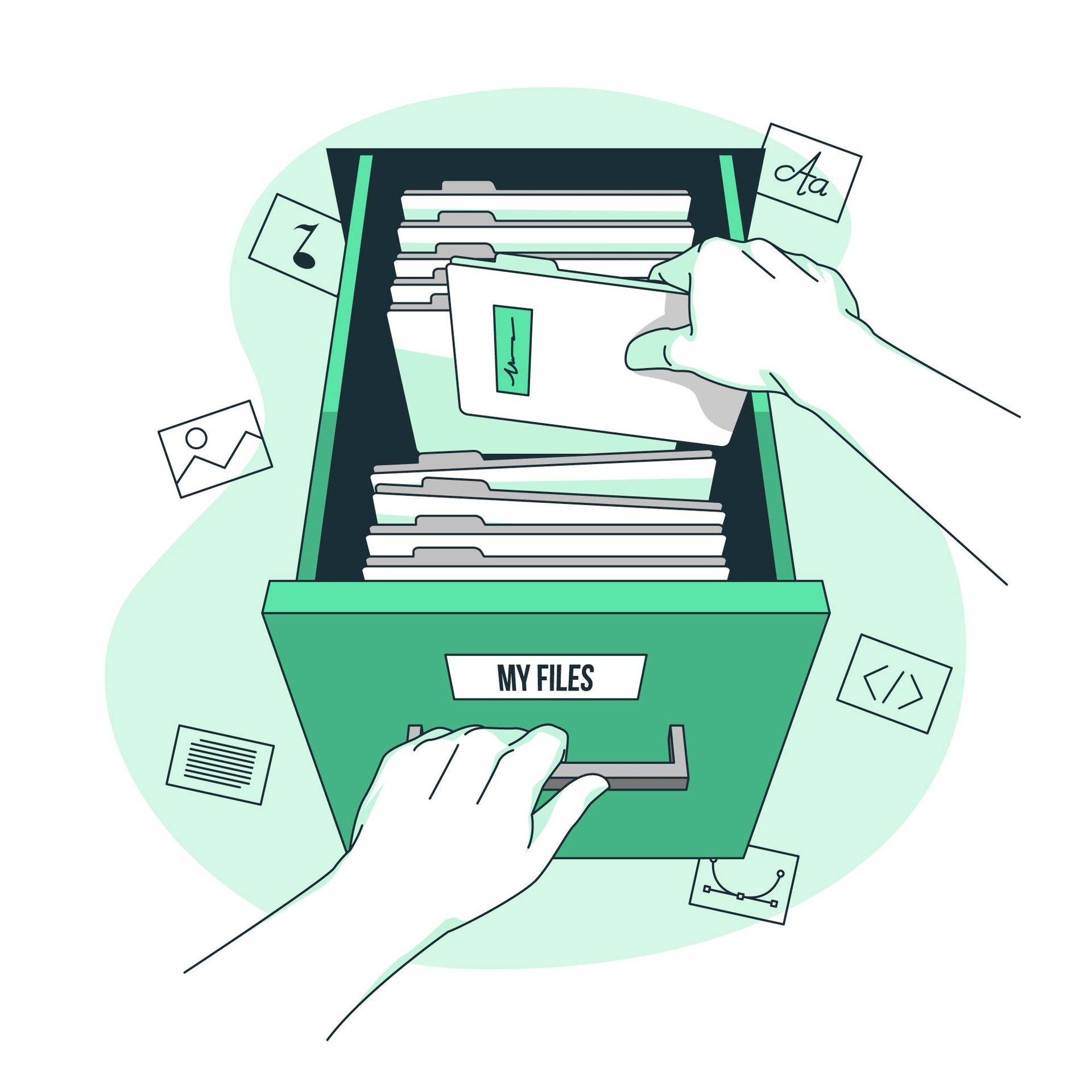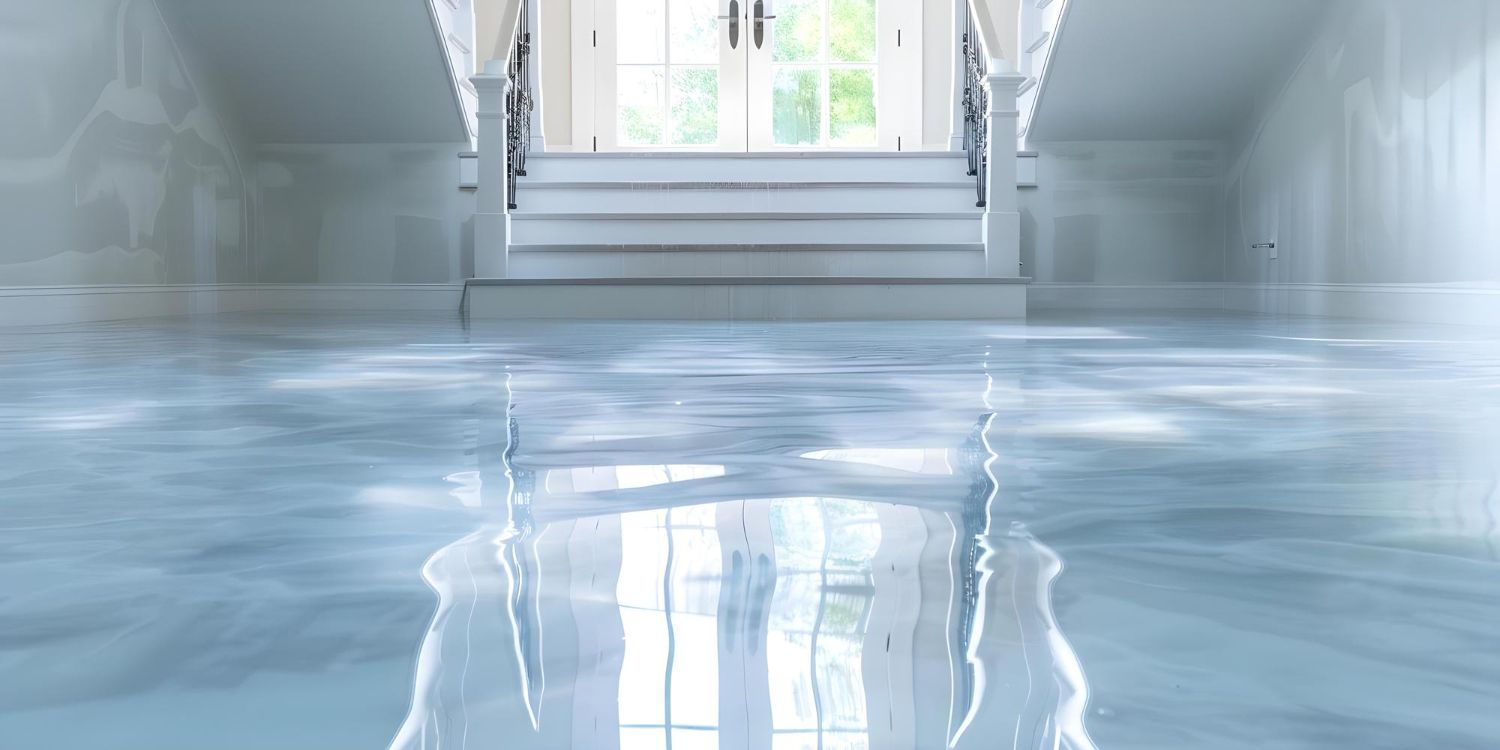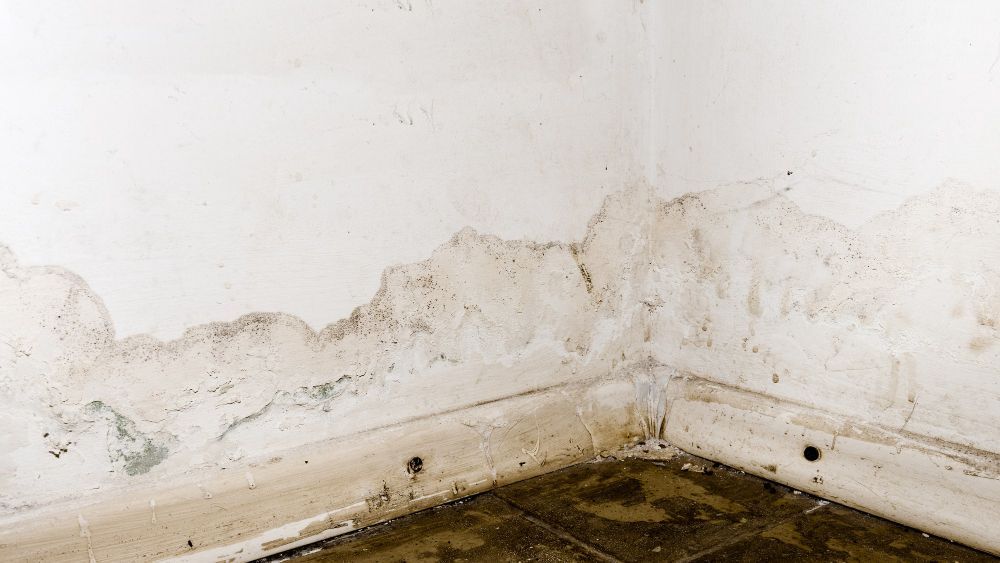Yes, the Color of Your Floodwater Identifies Some of the Hazards It Holds
poppy johnson • June 13, 2020
Clear, gray or black: What color is your floodwater in Cental Maryland?
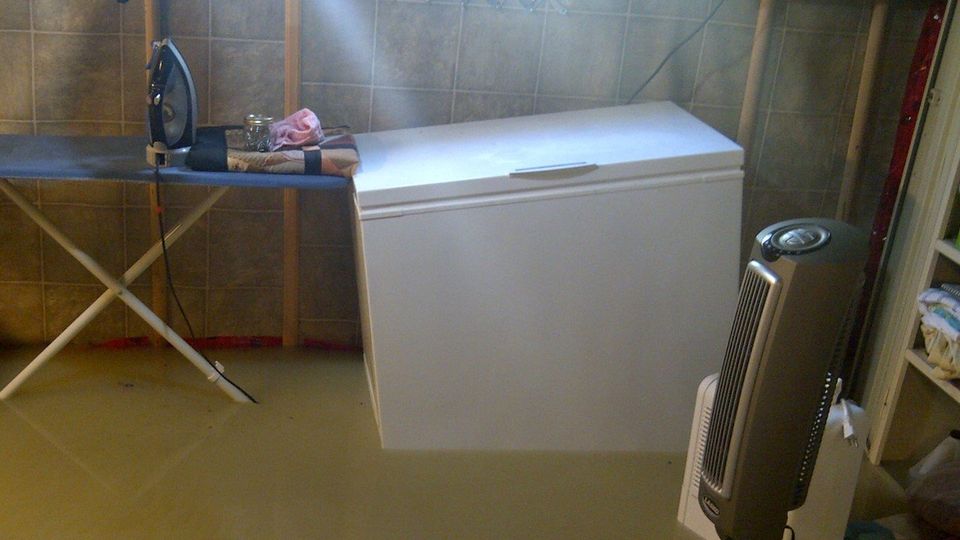
It is not so easy to identify what is in floodwater. Suffice it to say that floodwater is not just rainwater – it is actually much more that that! Waters that are carried on with a flood pick up everything in its path, and that includes deadly viruses, bacteria, pesticides, chemicals and even dead animals. The reason that floodwaters are so dangerous is because they can contain many different elements including contaminants. These diseases and hazardous materials are a potential and detrimental health hazards for people exposed to these areas.
Why do floodwaters usually contain a high level of contamination?
Generally speaking, the contamination that may be present in floodwaters is also usually an issue for management by environmental protection agencies at the local, state and federal levels. This includes the laws that allow chemicals to be used on land, because oftentimes the same chemicals will be carried along by floodwaters in a water damage or high rainfall emergency. Therefore, when there is floodwater that seeps into a residence or commercial property, it is important to identify it to understand the possible hazards that may be present directly in the water to avoid all contact with it and reduce exposure to diseases.
Likewise, any time that there is floodwater that has invaded a home or office environment, there is the opportunity for water damage to the building structure as well. In these cases, floodwaters can bring in dead animals, contaminants, chemical residues (such as pesticides), microorganisms and bacteria as well as raw sewage that is picked up from drains and sewer systems in the path of the flood.
What is the IICRC?
For this reason, any time that water intrudes into a home structure or office environment as a result of a flood, it is important to identify the classification of water to know how to best remediate the water damage safely. The Institute of Inspection Cleaning and Restoration Certification (IICRC) classifies water as clean water, gray water or black water.
Even when the floodwater looks clean, it really is far from being “clean” water. Think of it this way: What most people consider to be “clean” water is not water that can be used to drink or to wash clothing. In many ways, the definition of clean water by the IICRC is just as it sounds: water that is clean to look at and to use by humans for general use purposes. The IICRC identifies water that is clean as having no health threats to humans. This is water that can be found in toilet holding tanks, rainwater, snow melt or broken water line water.
Don’t forget that this clean water designation focuses on the fact that there are few identified contaminants in the water. It really means that if the average person comes into contact with this water, there are no health issues that would result from the exposure. Certainly, it does NOT mean that this water is meant to be considered potable or safe for drinking, bathing, washing dishes or even used in washing clothing. These specific purposes for water used in the average home will definitely require a higher standard and cleanliness of water for use with those activities.
What is gray water?
Water in floods that is called gray water can be known to cause a health risk to homeowners and office workers who are exposed to it after a flood when water seeps into a building at the ground floor. This is because gray water could carry biological or chemical contaminants which can infect a person exposed to this water even a few times. The water designated as gray water could be hazardous, and can come from:
• Bathtubs
• Dishwashers
• Aquariums
• Waterbeds
• Washing machines
• Showers
• Sinks
In general, gray water is able to penetrate a building on the ground levels when water rises above door frames, or gets under the foundation through crawlspace areas that are left unsealed. As gray water sits for over 48 hours in close contact with residential or commercial building resources and surfaces, the gray water should then be reclassified as black water because it can start to harbor harmful elements and grow bacteria quickly at that time.
What is black water?
If you have ever been camping, you may know about the designation of black water. On average, black water carries high levels of health risks, and have dangerous and harmful contaminants which are known to be averse to human health. Raw sewage and floodwaters containing soil are often categorized as black water, because that water can contain bacteria, molds, viruses, microbes and diseases such as:
• Cholera
• Typhoid
• Hepatitis
The common symptoms of exposure to black water includes:
• Norovirus
• Parasitic illnesses
• Giardia
• Cryptosporidium
It is important to note, that black water and gray water need to be cleaned up within 48 hours of the water damage occurring at the property. If this water damage is not remediated quickly and is left in a home or business as stagnant water on the floor, there is a risk of increased exposure to mycotoxins and diseases that can be hazardous to human health.
Floodwaters can come at any time of year in any region. When you have home or commercial property experiences with floodwaters or water damage, just give us a call. Anytime that you experience water damage, floodwaters, sewage backups or water seeping into the home or office environment, just give us a call to remediate the water damage right away. It is important to remediate water damage and floodwater damage quickly to prevent unnecessary exposure to toxic contaminants. You can call us 24/7 and we will respond to your call. Call now, we have technicians standing by to come to you right away!


